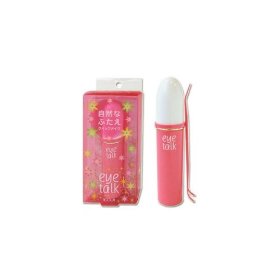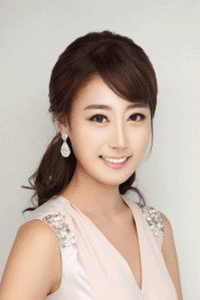There has been much controversy around products advertised in Asia that are advertised to whiten skin. For example, there is a skin cream sold in India called “White Beauty” which allows people with darker skin to achieve a “pinkish white glow.”
Much of the controversy surrounds how these products are advertised. One commercial (link below) features a woman who has been ditched by her boyfriend for a woman with a pale complexion and she wishes to win him back. The woman with the darker complexion uses “White Beauty” and wins back the man. Other problematic ads show impoverished darker-skinned women who, after using the skin lightening cream, are able to better their circumstances and land their dream jobs. These advertisements are the perfect example of images in the media that influence young women and girls for the rest of their lives and put pressure on them to look a certain way.
https://www.youtube.com/watch?v=xgx6xrc0gBs
White Beauty is made by Ponds but L’Oreal, Revlon, Estee Lauder, Avon and Garnier are among the many other companies who produce similar skin lightening products. According to research from L’Oreal India, “about two-thirds, or 60 percent, of Indian women use these creams daily.” And this is not only happening in India, similar findings have been observed in Korea, China and the Philippines. According to one Internet survey about 30 percent of Chinese and 18 percent of Japanese respondents reported using skin whiteners either daily or weekly.
These creams are also marketed and sold in America and are not only sold for Asian Americans. Many creams also feature African Americans with before and after photos. We see a larger message here, not only that Asian looks are not beautiful, but rather anyone who is not white enough is not considered beautiful and therefore will not get the man and will not land her dream job. This is hugely problematic!! This again is all linked back to the media and popular culture. It is the media that defines the standards of beauty in this world.
Another problematic aspect of these creams is that they can be harmful to skin. The side effects of the creams depend on their ingredients and not all creams have the same ingredients. There are a plethora of studies which are currently trying to determine the exact effects of these creams. According to the British Skin Foundation some of these creams can cause permanent skin bleaching, skin thinning, blue-black discoloration or redness and/or intense irritation. This issue now becomes a health concern. How far are women willing to go to achieve ideals of western beauty?
Shimo, Alexandra. “The Quest For A Lighter Shade Of Pale.” Maclean’s 121.46 (2008): 150-152. Academic Search Complete. Web. 20 July 2013.
photo: http://rebeccaslewis.files.wordpress.com/2012/03/ashlorealwhite1.jpg









